
OR
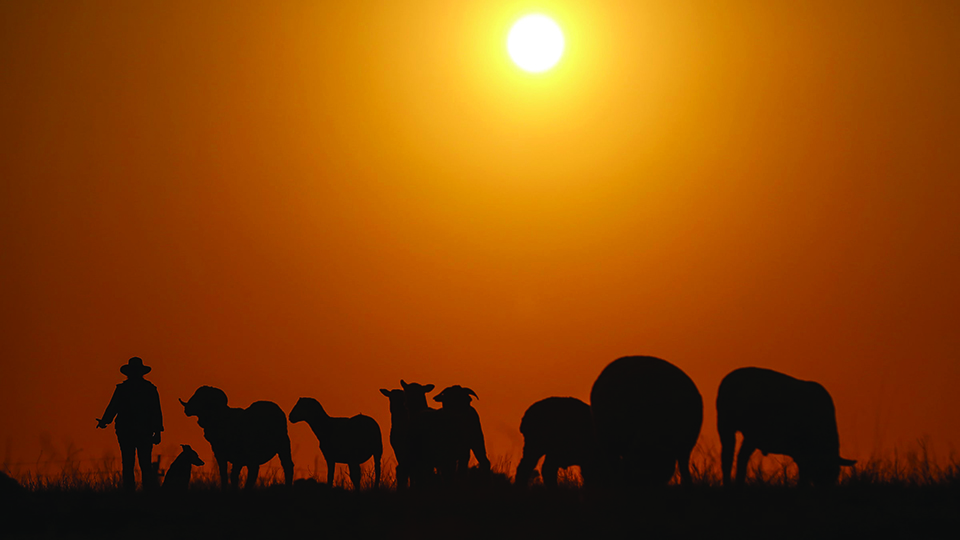

Prakriti Koirala
The author is a student of Environmental Science at Central Department of Environmental Science, Tribhuvan Universitynews@myrepublica.com
More from Author
If we work together to limit emissions of greenhouse gases, environment can be saved
Adam Smith is widely remembered for his magnum opus The Wealth of Nations—the book, first published in 1776, that offers one of the world’s first collected descriptions of what builds nations’ wealth. But another economist, William Foster Lloyd, who discovered the phenomenon of the tragedy of the commons in a rebuttal to Smith, is hardly known. Not even today when climate change has become a global, intergenerational tragedy of the commons.
There have been one after another apocalyptic if not cataclysmic warnings. A new report by a global think tank has found that nearly one billion people around the world are facing climate change related environmental hazards and majority of them are in Asia. The Institute for Economics and Peace’s (IEP) annual Global Peace Index revealed that the proportion of the people at risk who live in Asia-Pacific region is twice as many as those in all other regions combined.
The Internal Displacement Monitoring Centre (IDMC) has found that just last year there were 17.2 million new displacements associated with disasters. In between 1998 and 2017, more than 526000 people died worldwide and losses of US$ 3.47 million (in purchasing power parity terms) were incurred as a direct result of more than 11500 extreme events, according to Global Climate Risk Index 2019.
According to a recent poll undertaken by Kantar—a global research institution—across 10 countries, 95 percent of respondents agreed that the world is currently in grips of climate change. Eighty nine percent of respondents agreed they have been personally impacted by climate change and well over half (62 percent) say it’s the biggest issue facing the world today. And it is all because of our warming planet that has been largely blamed at human-caused emissions of greenhouse gases, mainly carbon dioxide.
Main sources of such heat-trapping gases include burning of fossil fuels for energy generation, industrial production and transportation, deforestation and land-use changes, agriculture, among others.
Earth is getting hotter
Since 1880, when industrial revolution began, the earth’s temperature has increased by 0.9°C and by the end of this century it has been predicted to rise by 3°C if we continue with business as usual with our carbon emissions. The nearly one degree C rise since the industrial revolution might not feel like a lot but it is already making huge impacts on our planet. It has led to ice-caps melting and more deaths than ever from heat stroke. A new comprehensive study by Joshua Maurer at Columbia University’s Lamont-Doherty Earth Observatory shows that in the span of 40 years, glaciers have been losing the equivalent of more than a vertical foot and half of ice each year since 2000—that is double the amount of melting that took place from 1975 to 2000. The study is perhaps the most convincing indication that climate change is melting the Himalayas, threatening water supplies for hundreds of millions of people downstream especially in Asia.
According to a Harvard scientist James Anderson, the level of carbon now in the atmosphere hasn’t been seen in 12 million years and this pollution is rapidly pushing the climate back to its state in the Eocene Epoch, more than 33 million years ago, when there was no ice on either pole.
Last year carbon-concentration in our atmosphere reached 411 parts per million at Hawaii’s Mauna Loa Atmospheric Baseline Observatory, the highest monthly average ever recorded. Climate change has not just affected the weather.
Impacting lives
It has impacted mountains, oceans, our food supply, our health, and the entire ecosystem. If we do nothing to stop this climate crisis, then the earth will continue to get hotter and according to scientist around 2030 we will see additional 30,000 deaths per year due to climate change and most of them will be from extreme heat. The beginning of our end will perhaps be seen in the poles. Warmer weather, for instance, will cause the Arctic to get greener and that means polar bears, already a threatened species, will eventually go extinct.
Melting ice will lead to rising of sea level and much of the world’s coastline will be under water. NASA estimates that sea levels have the potential to rise by four feet by 2100 and 23 feet by the time all the ice eventually melts. If we continued ignoring climate change, the majority of the east coast in North America would vanish as well as Golf coast and most of Florida. Hong Kong and Bangladesh will be under water as well, leaving hundreds of millions of people homeless. While sea levels rise, storms and cyclones will also get stronger mainly because of the warming of oceans. Just like we saw how Mozambique was devastated by Cyclone Idai this year, how Puerto Rico was battered by Hurricane Maria two years ago and how the Philippines was barreled by Typhoon Haiyan in 2013.
If this global issue is ignored, then coral reefs in Caribbean Sea will continue to get bleached. Snow will be replaced with more extreme rainfall and by the year 2100, our earth will look completely different.
With dramatic increase in forest fires and rising scarcity of natural resources, species will go extinct and humans will engage in conflicts for survival. If we don’t take action, the collapse of our civilization and extinction of much of the natural world is on the horizon.
But if we all work together to limit the emissions of carbon dioxide, and other greenhouse gases, our environment can be sustained and it can still remain habitable.
The actions must also go hand in hand with efforts to integrate disaster risk measures, sustainable natural resource management and human security into national development strategies. It is still possible, with strong political will, increased investment, and using existing technology, to limit the temperature rise to 1.5°C.
And this is all enshrined in the UN’s Sustainable Development Goal 13: Climate Action.
A senior expert with the world body just last month issued another dire warning. Philip Alston, the UN’s Special rapporteur on extreme poverty warned of a possible “climate apartheid,” where the rich pay to escape from hunger, “while the rest of the world is left to suffer.”
Clearly he was talking about the “tragedy of commons” that economist Lloyd had discovered nearly 200 years ago. The burning question is: Will that discovery be recognized and dealt with urgency now?
The author is a student of Environmental Science at Central Department of Environmental Science, Tribhuvan University
prakriti054@gmail.com
You May Like This
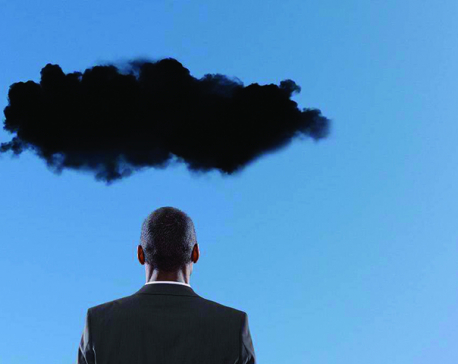
Danger of climate doomsayers
Doom and gloom distort our worldview and can lead to bad policies. The future is bright, and we need smart... Read More...
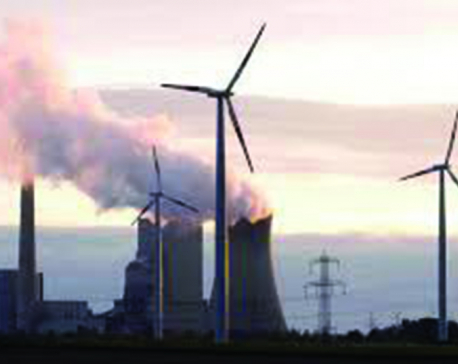
Together against climate threat
Climate change and environment preservation are defining issues of our times. We need to take action, individually and collectively ... Read More...
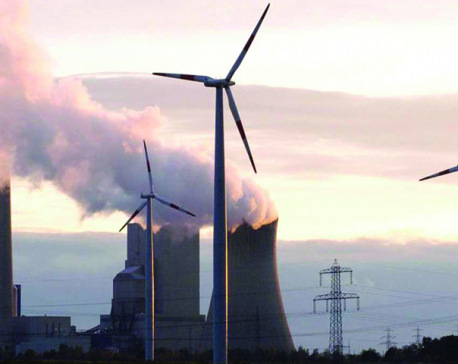
Faking it on climate change
We need to move away from a response to climate change that relies on undeliverable promises of carbon neutrality ... Read More...
Just In
- CPN (Unified Socialist) to hold its Central Committee meeting on May 10-11
- Over 16,000 paragliding flights conducted in one year in Pokhara
- MoPIT prepares draft of National Road Safety Act, proposes rescue within an hour of an accident
- Light rainfall likely in hilly areas of Koshi, Bagmati, Gandaki and Karnali provinces
- Customs revenue collection surpasses target at Tatopani border, Falls behind at Rasuwagadhi border in Q3
- Rain shocks: On the monsoon in 2024
- Govt receives 1,658 proposals for startup loans; Minimum of 50 points required for eligibility
- Unified Socialist leader Sodari appointed Sudurpaschim CM












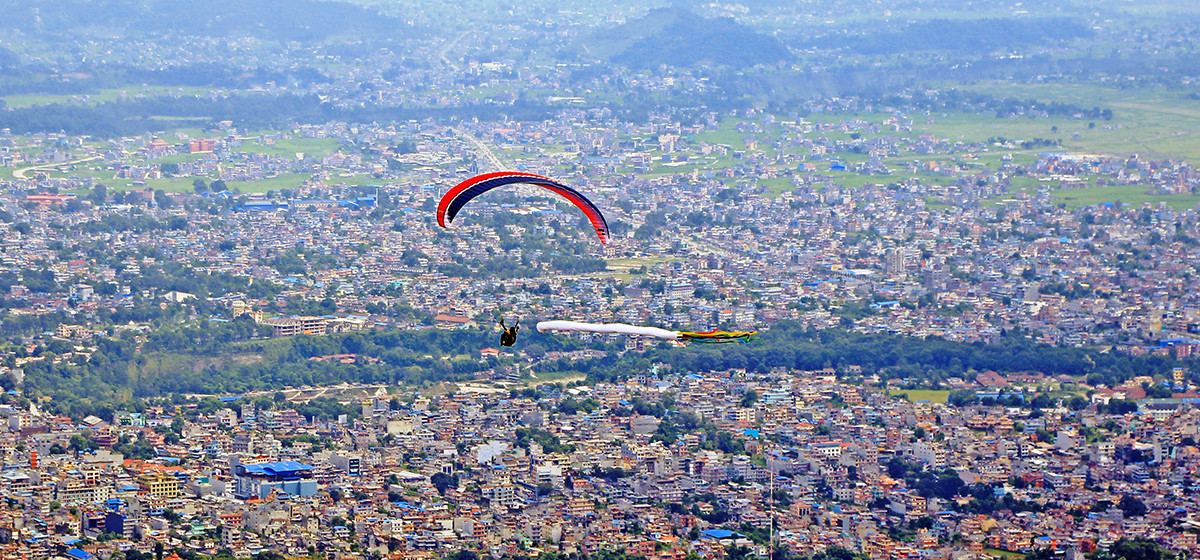






Leave A Comment